As you age, it’s normal to notice changes in your vision. Perhaps you’ve just turned 45 and are struggling to read the fine print on a medicine bottle, or maybe you feel strain when reading or working on the computer. These changes can be unsettling, especially if you’ve never needed glasses before.
The good news is that most age-related vision changes are normal and manageable. However, some symptoms could indicate more serious eye conditions. Let’s explore common vision changes due to aging and what steps you should take to protect your eyesight.
Common Age-Related Vision Changes
1. Difficulty Reading Small Text
This condition, known as presbyopia, is incredibly common as the eye’s lens becomes stiffer with age, making it harder to focus on nearby objects. Most people will experience presbyopia by age 60, though symptoms can start earlier.
Solutions range from over-the-counter reading glasses to prescription options like progressives, bifocals, or multifocal contacts. If you’re experiencing symptoms, it’s a good idea to schedule an eye exam to determine the best solution for you.
2. Needing More Light to See Clearly
Aging weakens the muscles controlling your eyes’ response to light, so it’s perfectly normal to require brighter lighting for reading or other activities.
3. Seeing Spots and Floaters
Tiny shadows or particles floating in your vision are usually harmless and caused by normal changes in the eye’s vitreous gel. However, if you see bright flashes or a sudden increase in floaters, it could indicate a retinal tear or detachment, a serious condition requiring immediate attention.
4. Cloudy Vision
Cataracts, caused by protein clumping in the eye’s lens, are a common age-related condition. Symptoms include hazy or blurry vision, difficulty distinguishing colors, increased glare, and needing more light to see. Early-stage cataracts can often be managed with updated glasses and better lighting, but significant clouding may require surgical intervention.
5. Fluctuating Vision
If your vision is clear at times but blurry or greyed out at others, underlying conditions like diabetes or hypertension could be the cause. These conditions can lead to serious eye problems if left untreated, so it’s important to see an optometrist promptly.
6. Decreased Peripheral Vision
A narrowing of your peripheral vision may indicate glaucoma, a progressive condition that can go unnoticed until significant vision loss occurs. Regular eye exams can catch glaucoma early, which is crucial for preventing further damage.
7. Persistent Dry Eyes
Dry eye syndrome becomes more common with age as tear production decreases. Symptoms include burning, itching, watering, and fluctuating vision. Over-the-counter artificial tears can help, but for persistent symptoms, consult an optometrist for a tailored treatment plan.
How to Address Age-Related Vision Changes
Schedule Regular Eye Exams
Routine eye exams are essential for identifying and addressing vision changes. If you’re between 19-64, aim for an exam every two years. After 65, or if you have pre-existing conditions, annual checkups are recommended.
Adopt Healthy Habits
Protect your vision by wearing sunglasses to shield against UV rays, ensuring adequate lighting when reading, and eating a balanced diet rich in omega-3 fatty acids and vitamins. Foods like salmon, citrus fruits, eggs, spinach, and nuts can support eye health.
Invest in Proper Eyewear
If your vision changes are minor, over-the-counter reading glasses may suffice. For more significant changes, prescription glasses, contacts, or other treatments may be necessary. Your optometrist can guide you in finding the right solution.
Take Care of Your Vision
Age-related vision changes are inevitable, but many are manageable with the right care. Even if you’ve never visited an optometrist, now is a great time to schedule a checkup to evaluate your eye health and address any symptoms.
By maintaining a healthy lifestyle and staying proactive about your eye care, you can navigate vision changes with ease and continue enjoying clear sight for years to come. Contact The Optometrists’ Clinic Inc. to schedule your appointment and learn more about protecting your vision as you age.




